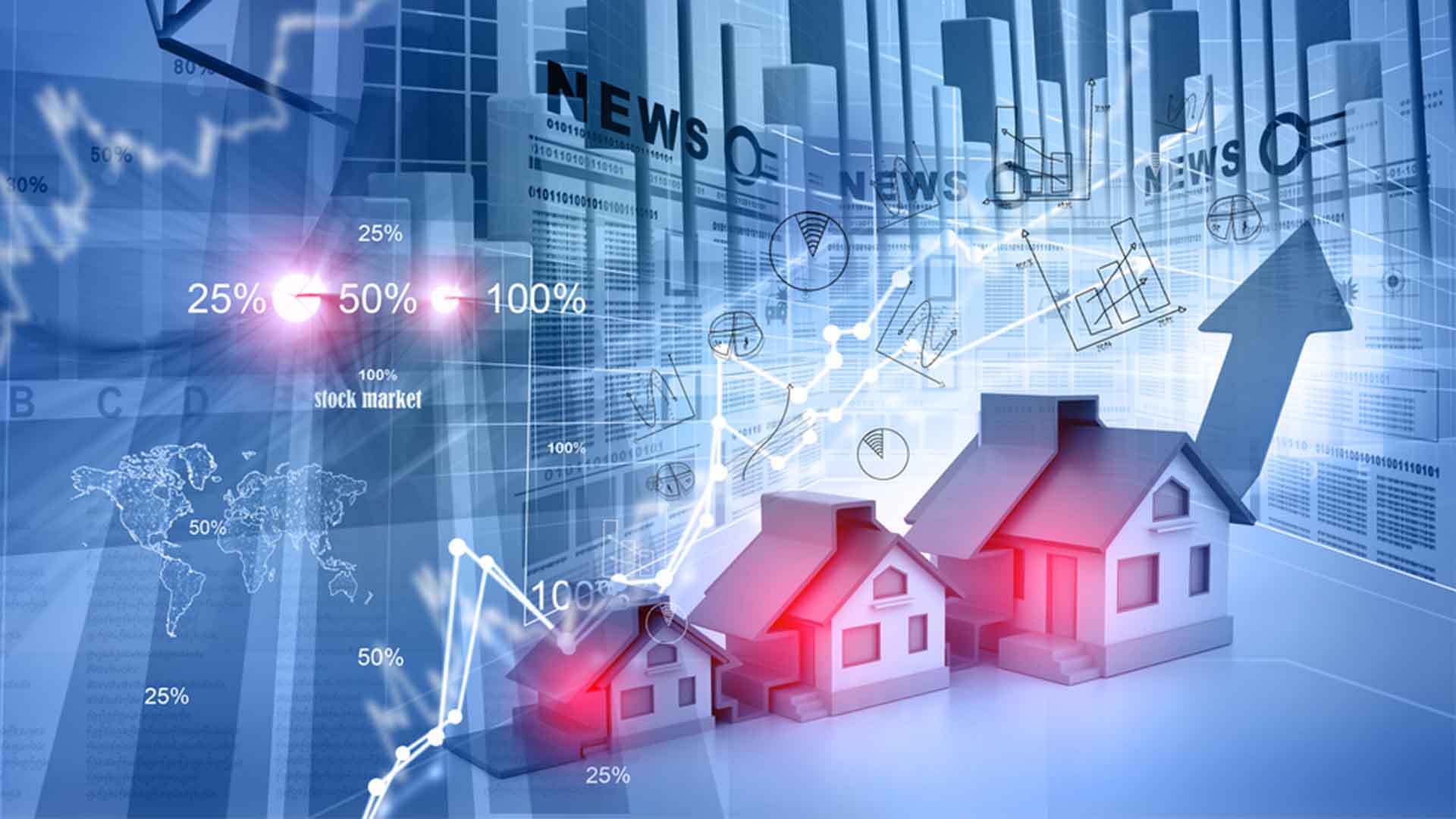Real estate has always been regarded as a profitable asset in one’s investment portfolio, both in the short and long term. Property is one of the few assets that can provide returns that exceed the rate of inflation. However, only a small percentage of the population invests in real estate, and even fewer understand how the property market works and what factors contribute to price appreciation.
What causes property price appreciation?
Infrastructure development
Infrastructure development is critical to price appreciation. Any new connectivity, transportation, road, or transit hub will act as a growth driver, bringing more population and, ultimately, more demand. Real estate investors who time the market correctly can get the most out of their investment.
Upcoming or available amenities
Consider a property that does not have a parking space. Consider a similar property with a parking space. This extra amenity can result in a price difference of 10% to 15%, especially in metropolitan areas where parking in residential colonies can be difficult. Property owners who continue to improve their property may be able to obtain a better rate than the market rate. A basement garage, a mini terrace garden, or a kitchen lawn are all possibilities. Furthermore, the architectural design, upkeep, and interiors of the property all play an important role in price appreciation.
Local development
It is critical for a property market to appreciate if the surrounding neighbourhood and social infrastructure support growth. A property in a gated residential colony with a functioning residents’ welfare association (RWA) will be preferred over a standalone property in a regular colony. Similarly, green cover, security surveillance, nearby facilities, and the type of gentry residing in the area can all result in property appreciation. In an area where stand-alone properties give way to independent floor constructions, the properties may become more desirable, but their value may not increase.
Policy changes
Lending rates are one major policy that has a direct impact on real estate appreciation. Lower borrowing costs attract more buyers to the market, increasing demand and appreciation. Similarly, reductions in stamp duty, circle rates, GST rates, income tax benefits, and so on have a direct impact on demand.
Economic situation
The economic condition of a country also has a significant impact on property appreciation. When the inflation rate is high, the purchasing power of money falls. This means that a builder will have to spend more money on inputs such as construction materials, labour, permits, and so on. However, regardless of the growth drivers, this does not imply that property prices will rise. For prices to rise, properties must meet a number of criteria, including accessibility, infrastructural requirements, and the availability of residential properties. Furthermore, macroeconomic indicators such as GDP, purchasing power parity, and the unemployment rate all contribute to price growth in the long run.
Demand and supply
When there is an increase in demand for homes in a specific area, property prices rise if the number of residential real estate projects being built to meet the demand does not keep pace. In other words, people buying homes for their own use (end-users) are willing to pay more for a home because the area is appealing and desirable.
Along with end-user demand, real estate investors also seek to resell residential properties when supply decreases and prices rise. It is ideal for end-user buyers to purchase a home in areas with high appreciation potential before investor activity intensifies.
Fiscal inflation
Inflation is caused by an excess of money in circulation, which reduces the value of money. The price of several input items, such as land, construction materials, and construction labour, rises as a consequence. An area lacking adequate access, social and civic infrastructure, or with an excessively large population will not experience price inflation.
Cost of borrowing (interest rates on home loans)
The movement of home loan interest rates, whether upward or downward, is directly related to real estate appreciation. When borrowing costs rise, demand for homes falls because fewer buyers can afford the higher EMIs. As home loan interest rates decline, demand for residential properties increases.
Property market drivers
In the context of residential real estate, the term “market drivers” refers to any developments in a neighbourhood that improve the desirability and convenience of living there. These are some examples:
- The construction of new office complexes in the area.
- The establishment of a shopping mall or hypermarket.
- The proximity of educational institutions and hospitals, which reduces travel time to such important institutions.
- The prevention of overdevelopment in an area, so that the property remains open and green. This is especially true in townships that have been integrated.
- Public transportation facilities that ensure the location is reachable by road, rail, or even air.
- New infrastructure projects that will benefit the area include flyovers that relieve traffic congestion, water reservoirs, etc.
ALSO READ: Property Price: What Causes Them To Fluctuate
Population growth
Finally, the expansion of a city’s population inevitably increases the demand for housing in that city. Increased demand results in faster appreciation of real estate prices.

